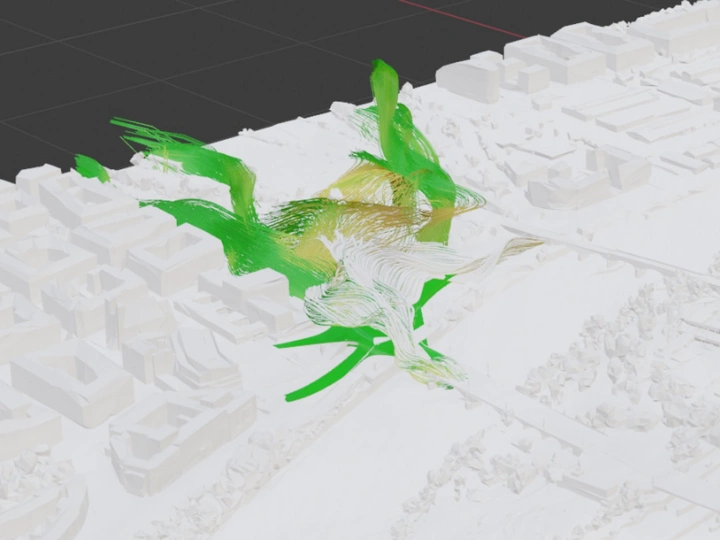EVOLVER

Robert B. Lisek is an artist, mathematician and architect who focuses on systems, networks and processes (computational, biological, social). Drawing upon post-conceptual art, software art and meta-media, his work intentionally defies categorization. Lisek is a pioneer of art based on Artificial Intelligence and Machine Learning. Lisek is also a composer of contemporary music, author of many projects and scores on the intersection of spectral, stochastic, concret music, musica futurista.
EVOLVER
The project proposes a new strategy for creating evolving art based on the idea of adaptation to a dynamically changing environment and with the use of advanced machine learning and AI methods. The Evolver is an environmental installation created as large-scale flying balloon form. Evolver uses the features of natural design processes and relies on dynamic adaptation to environmental changes. The project uses physical and virtual processes that are transformed and assembled into structures based on environmental properties and capabilities. The project investigates a living dynamic system as a complex set of natural and cultural sub-processes in which each of the interacting entities and systems creates complex aggregates.
The analogies of evolving architecture should be understood not only in terms of the applied natural processes of development of forms, but also in the restless tendencies towards optimisation that significantly improve the efficiency and power of diverse prototyping. Architecture is designing for survival, designing for life, and emphasises the need for a responsible approach to the transformation and formation of energy and materials.
The main challenge to which this project responds is the problem of adaptation in dynamic environment. The sensors connected to balloon with store data from environment. The data from environment and position of balloon data will be organize as database then analyze by machine learning algorithm for making predictions. Usually, a neural network’s parameters are locked into place after training. In contrast, in a liquid neural network LTCN, the parameters are allowed to continue changing over time and with experience. The resulting models represent dynamical systems with varying (i.e.,liquid) time-constants coupled to their hidden state, with outputs being computed by numerical differential equation solvers.